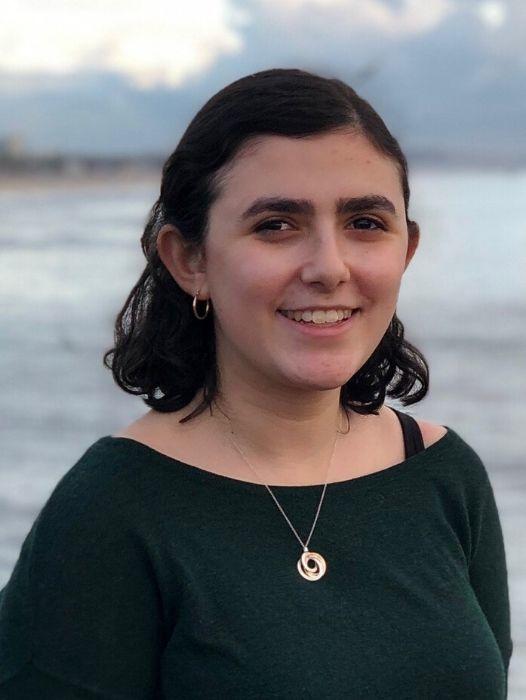How My Family Accommodates Our Food Allergies on Passover
For people with food allergies, a holiday that imposes additional food restrictions may sound like a nightmare. Ironically, for my family, the Passover food restrictions align well with our food allergies.
Guest post by Josephine Schizer

Josephine Schizer is a FARE Teen Advisory Group (TAG) alumna and has presented at FARE conferences. She is a senior at the Ramaz Upper School in Manhattan.
For people with food allergies, a holiday that imposes additional food restrictions may sound like a nightmare. For observant Jews, Passover is just that – a holiday when all leavened products are prohibited for eight days. Jews whose families originate in Eastern Europe also abstain from various legumes, seeds, corn, peanuts and rice.
Passover commemorates the Exodus from Egypt; the Jews were slaves, and then God freed the People of Israel and brought the Jews out of Egypt into the desert, and eventually, to Israel. When the Jews left Egypt, they left in such a hurry that they didn’t have time for their bread to rise. This is the origin of the prohibition of leavened products on Passover, and the reason Jews eat Matzah on the holiday.
Ironically, for my family, the Passover food restrictions align well with our food allergies. The foods Eastern European Jews don’t eat on Passover include sesame seeds, chickpeas, mustard, lentils and peas – all of my allergens except egg, milk and kiwi. For me, when a food is certified kosher for Passover, I’m much more likely to be able to eat it.
On Passover, my family buys a year’s worth of ketchup for my dad, who is allergic to wheat and avoids regular ketchup during the year. On Passover, the ketchup has apple cider vinegar which is safe for him, so each April, our cabinets are stocked with a new supply for him to last through the year.
Passover is a holiday traditionally centered around the home. The most well-known part of the holiday is the seder, the ritualistic meal where everyone retells the story of leaving Egypt. Lots of special foods are included at the meal, including several which serve as symbols on the seder plate. One such symbol is a hard-boiled egg, which represents spring and rebirth. For my family (we’re all allergic to eggs), it’s become a tradition to replace this egg with a plastic egg filled with pomegranate seeds, which also represent life.
Another unique feature of my seder that anyone with allergies would relate to is the multiplicity of bowls. Matzah, unleavened bread, is an important part of the seder, and for most of my family, it’s made of wheat flour. However, since my dad is allergic to wheat, he has his own special oat Matzah. In order to avoid cross-contamination, we give him his own bowls of everything on the seder plate so that when he makes a sandwich with his matzah, all the wheat is kept separate. The seder mandates two ritual handwashings—one toward the beginning of the night, and one before eating the matzah—but in my family, we joke each year, we have three. Everyone must wash their hands for the third time after they eat their matzah to wash the wheat off their hands.
Passover is a family-centered holiday, and I have so many memories helping my mom cook for the seders over the years. It’s become the tradition that I’m responsible for making the allergy-friendly desserts and the charoset, a special Passover food that’s a mix of apples, raisins, grape juice (or wine), and cinnamon. Traditionally, it includes nuts, too, but not in my family. Happy Passover!


